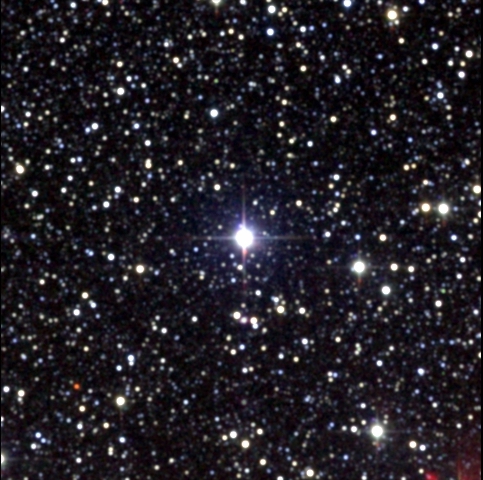Rick M wrote:Huge wow factor. APODs often evoke "ooh" and "ah" from me, but I can't remember the last time I saw the day's picture and literally went "Wow!"
Would this CME have been visible to the naked (well, properly protected) eye if one had looked at the right time, or would the daytime sky have been so bright as to mask it?
Hi Rick. Yes, wow!
SDO observes the Sun in ultraviolet light. All images from SDO are false color, with the different wavelengths and intensities of ultraviolet radiation portrayed with different colors of visible light.
Of course you never want to look directly at the Sun without proper protection. Unfiltered sunlight will damage your retina very quickly, and your retina doesn't have any pain receptors, so the damage would be done before you start hurting. Magnified unfliltered sunlight, e.g. through binoculars or a telescope, will cause instant and irreversible blindness.
To observe the Sun safely you need to filter out all the infrared and ultraviolet radiation, and 99.99 percent of the visible light. One safe way to do this is with number 14 welder's glass. Without magnification the Sun appears half a degree across, about the same size in the sky as the full Moon. With very sharp eyes you might be able to see the largest sunspots on the surface of the Sun, but that's about it.
The easiest and cheapest way to observe the Sun through binoculars or a small telescope is to use a white light filter. You'll see dark sunspots on the bright surface of the Sun. Interestingly, sunspots are cool in the infrared spectrum, dark in visible light, and bright in the ultraviolet spectrum.
Solar afficionados like to observe the Sun through Hydrogen-alpha filters that transmit only one very narrow band of visible red light. This particular frequency of red light is emitted by Hydrogen atoms low in the solar atmosphere when they are excited by solar radiation. In Hydrogen-alpha light solar filaments and prominences can be seen dancing above the surface of the Sun's photosphere, the part of the Sun we see in full-spectrum visible light.
To answer your specific question, to observe a coronal mass ejection in visible light you need to block all the light from the disk of the Sun with a coronagraph, essentially creating an artificial solar eclipse. CME's are mostly electrons and protons, and as they travel away from the surface of the Sun they quickly become too diffuse to reflect enough light to be seen. Space weather forecasters infer the path of a CME through the solar system from its initial trajectory and from the much faster electromagnetic radiation emitted when the CME first erupts.
May all beings be happy, peaceful, and free.
 A Solar Filament Erupts
A Solar Filament Erupts
